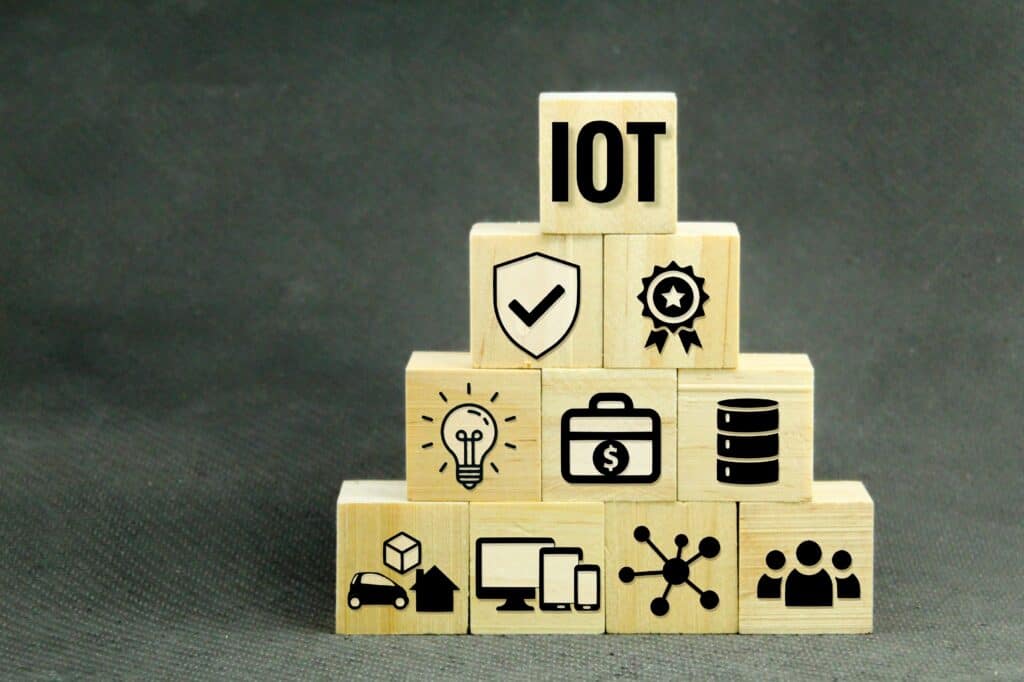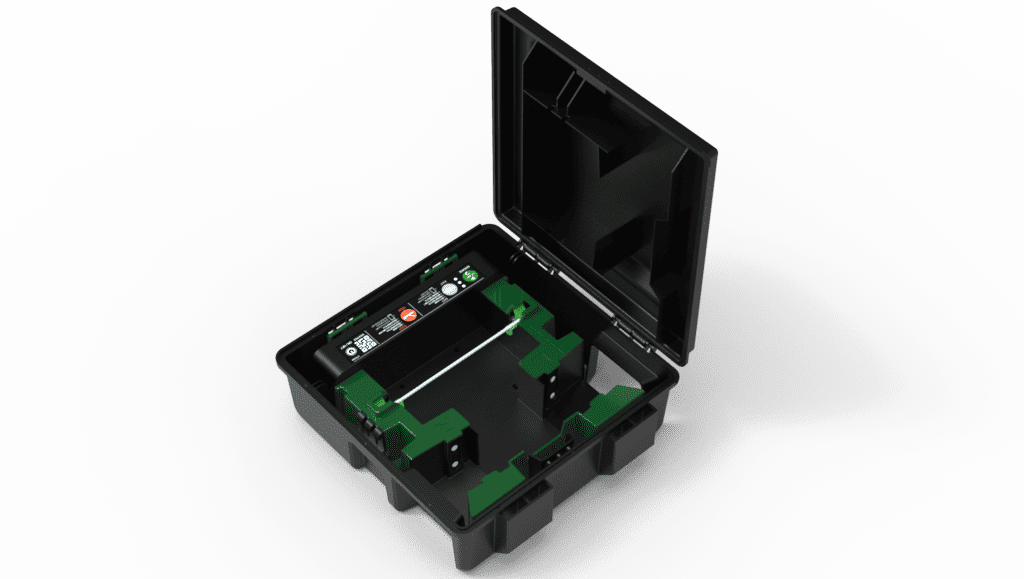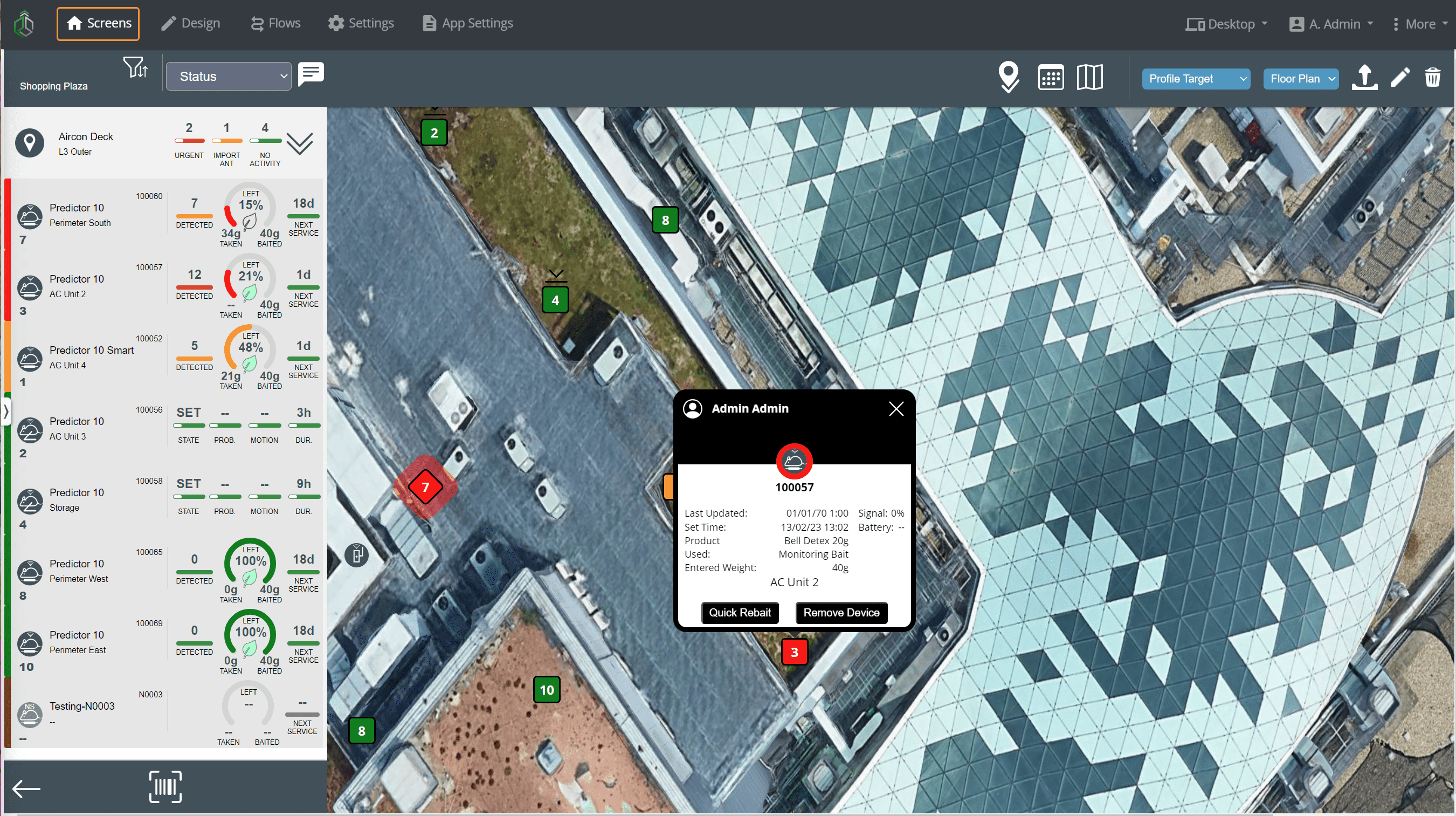The use of Internet of Things (IoT) technology in the pest management industry has the potential to transform traditional manual processes into efficient, data-driven operations through the use of smart devices equipped with electronic sensors that connect to the internet. This technology offers numerous benefits to pest management professionals, particularly in managing rodent infestations. Traditionally, pest management involves manual processes that are time-consuming and labour-intensive. However, the use of IoT-enabled smart devices can augment the role of pest controllers, saving time, costs, and improving customer outcomes.
How can the Internet of Things (IoT) benefit Smart Pest Management?

For the example of rodent infestation management, smart bait boxes equipped with sensors can detect rodent movement as well as monitor the current bait weight and send this information to a central cloud server for analysis. Pest controllers and facility managers can access this data through their PC, tablet, or smartphone even while on-site. The data collected can reveal insightful information about the size of the rodent, species identification (rat or mouse), infestation level and when the bait needs replacement. This information empowers pest controllers to optimise their scheduling, reduce time spent on-site checking boxes and thus allows the pest controller to focus on other proactive activities that benefit the customer.
However, to fully leverage the benefits of IoT, it is crucial to use smart bait boxes designed to capture the right data, utilise sophisticated software for analysis and adapt the pest controller’s and facility manager’s operational processes to take advantage of the information now available about the infestation. Unfortunately, many of the IoT devices on the market for pest management take a simplistic approach to collecting, processing and displaying data from smart devices and don’t maximise the opportunity to analyse device data to extract additional information about the problem being monitored.

For example, a smart bait station that only measures if a rodent is present and doesn’t weigh bait misses the opportunity to improve the scheduling of the next site visit to refill the bait boxes with bait. Also, use of multiple sensors in an IoT device allows better insight into the rodent infestation especially when comparing and combining the data from the sensors. Measuring the bait take as well as entry/exit times makes it easier to determine if the activity in the bait box is a rodent or another species.
Another aspect of IoT devices available for pest management that isn’t well considered is how the software presents the device information to the pest controller. If the software app doesn’t sufficiently consider the operational processes that the pest controller undertakes, then the data presented in the app won’t be as helpful. This is where the PestSense OneCloud integrated IoT platform and application is different.

How? Firstly, by delivering an end-user experience that is easy to use and provides the relevant information to understand and respond to problems before they damage the customer’s stock, critical assets and reputation. Secondly, by recognising target activity patterns through AI and machine learning to profile and alert of real rodent activity vs noise and false alerts. Lastly, supporting a mix of devices that synchronise to enrich the data and create a comprehensive single-view of the customer and their sites.
Smart rodent bait stations are just one example of how IoT technology can improve the operations of pest controllers and facility managers and in this blog we have explored what it takes for an IoT smart device to earn its keep in the arsenal of tools that a pest controller utilises for rodent management. Similar opportunities exist in other aspects of pest management for IoT smart devices to improve the effectiveness of the pest controller and obtain better outcomes for customers.
Dean Dobson is the CTO of PestSense
Other related articles in this series may be found in the PestSense blog.
#ipm20 #smartpestmanagement #pestmanagement #pestcontrol #digitalpestcontrol #facilitymanagement #pestfree #protectthepublichealth
